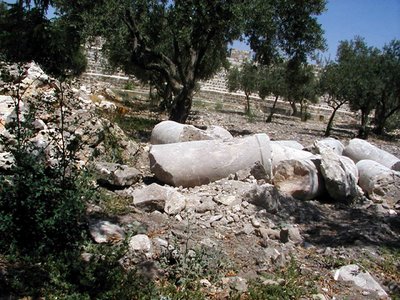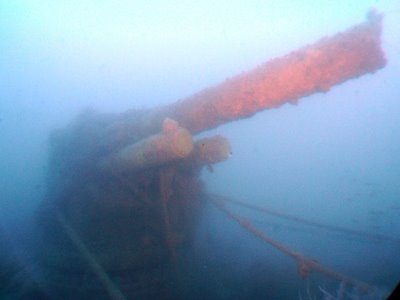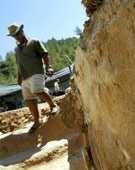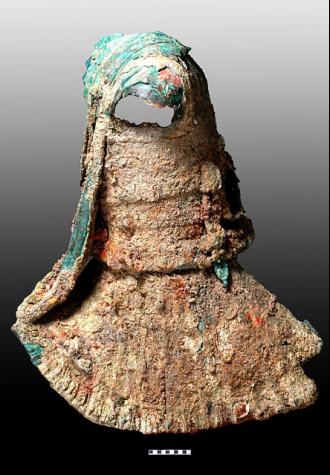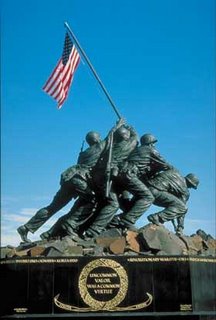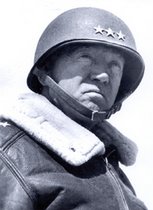Hiroshima
As Patrick over at Born Again Redneck reminds us, today is the 62nd anniversary of the A-Bomb.
It certainly was a tragic event. But it was also a necessary event.
My father, then a very young Marine, took part in the invasion of Iwo Jima. He has never talked about the battle to this day, other than explain that some of his wounds occurred during that awful battle.
By 6 August 1945, he had already been issued his winter gear for the invasion of Japan. The Marines were actively training for an invasion, expected to start in November (Operation Downfall). Military planners expected 50,000 - 100,000 soldiers/marines to be killed in the initial invasion, and about 400,000 wounded. They expected the fighting to continue for years (remember, Japanese soldiers were still coming out of jungles and surrendering in the 1990s).
Dad, and the Marines waiting to invade Japan, expected the invasion to be much worse than any planner let on.
On 15 February 1945, 30,000 Marines invaded Iwo Jima, a 7.5 square mile island, about 700 miles from Tokyo. These Marines faced approximately 23,000 Japanese military/naval personnel.
To make a long, gruesome story short, the island wasn't declared secure until 26 March. 25% of the Marines died in combat. 86% of the Marines were either killed or wounded. That's 26,000 casualties out of 30,000 men.
The Japanese soldiers fought to the death, literally almost to the last man. Out of 23,000 personnel, only 200 Japanese surrendered and survived.
Now take those odds and place them on the Japanese defending the homeland. And not just trained soldiers, sailors and airmen. They'd face civilians, including women and children. And if those civilians, regardless of their effectiveness as a fighting force, would not surrender - that means they'd be killed down to the last person.
Don't forget that during the invasion of Okinawa (March - June 1945), the US took more than 72,000 casualties, including 12,500 killed. The Japanese lost 66,000 soldiers killed, and civilians on the islands committed mass suicides rather than surrender. In fact, over 140,000 civilians died, most from suicide.
So was the A-Bomb a terrible thing? No question. It was awful. But there is no doubt an invasion of Japan would have produced more Japanese casualties than the A-bomb dropping.
Finally, to all those who say Japan was going to surrender anyway, remember this: it took 2 atomic bombs, PLUS the Soviet Union's declaration of war against Japan, to finally make Japan surrender.




















